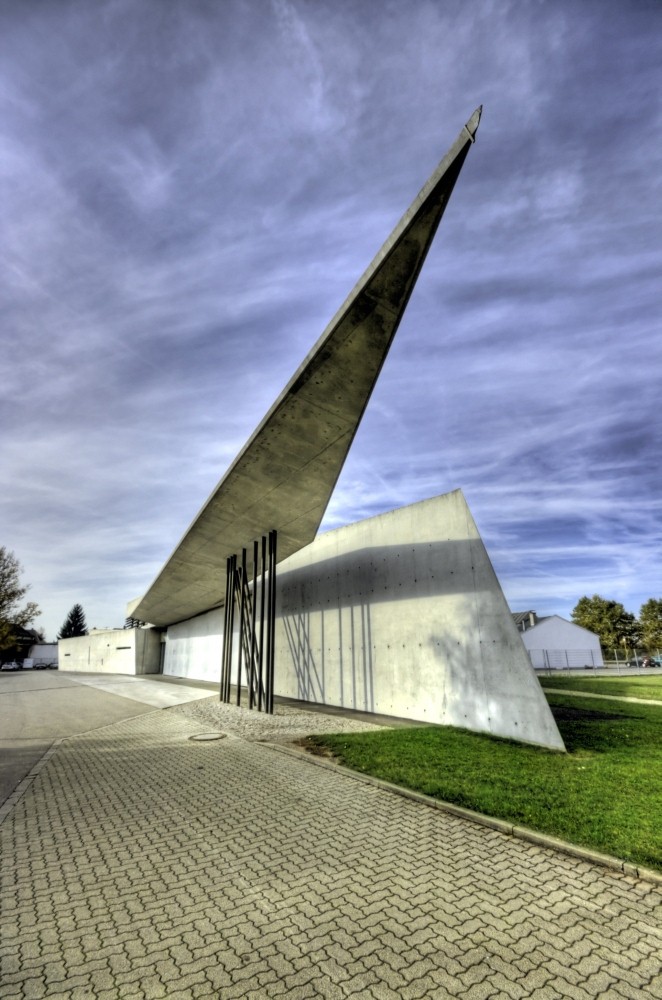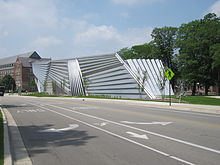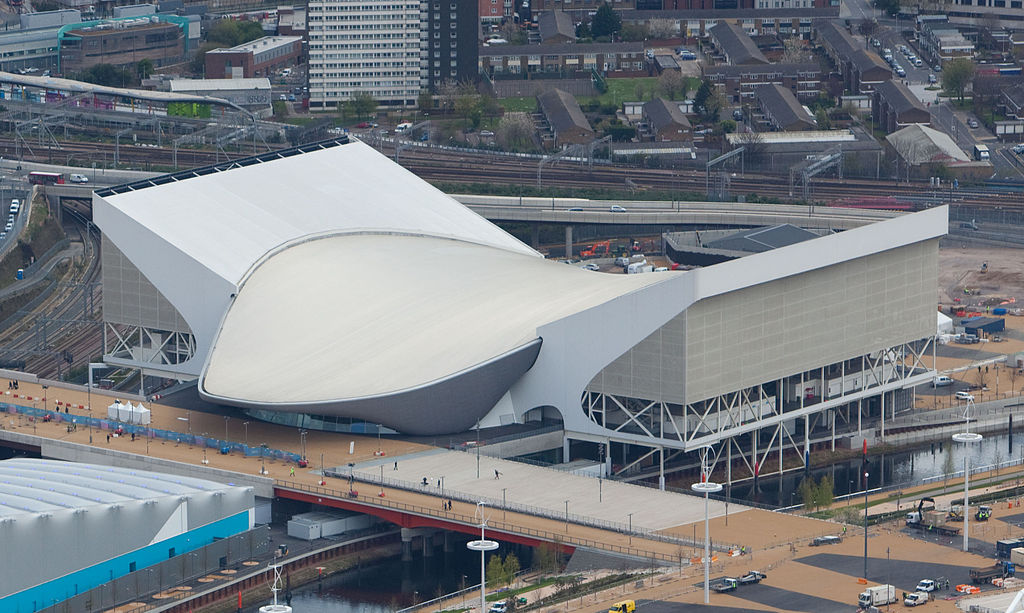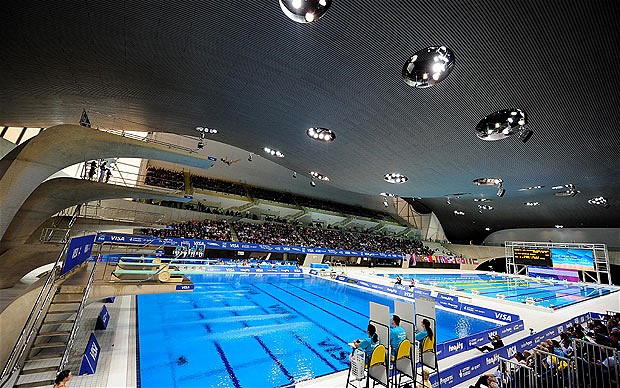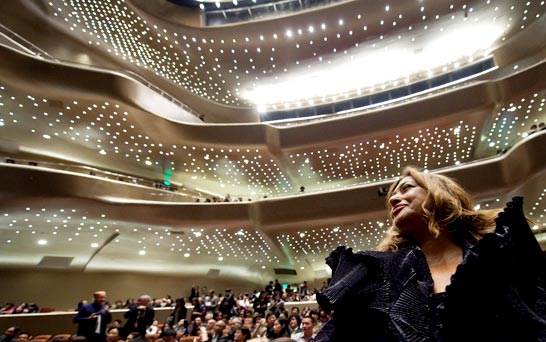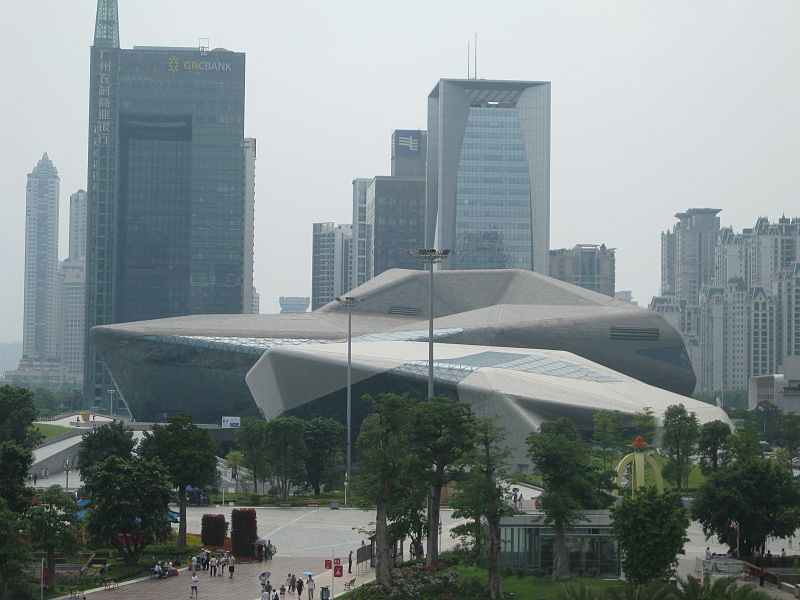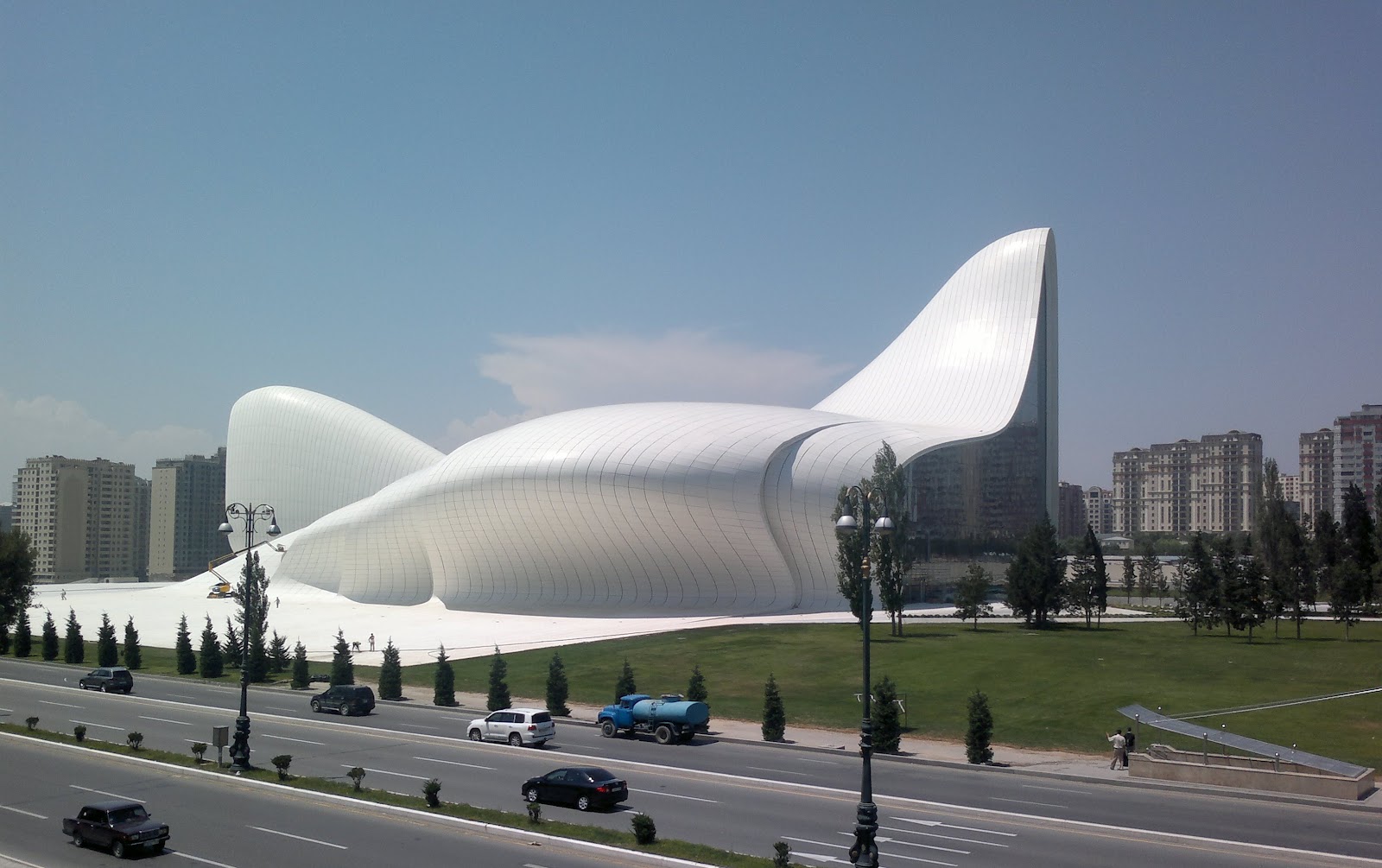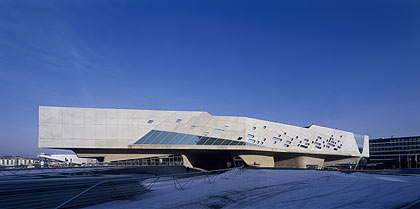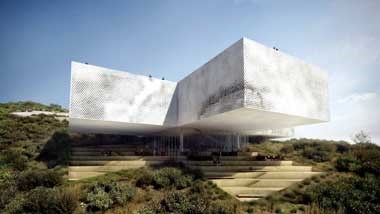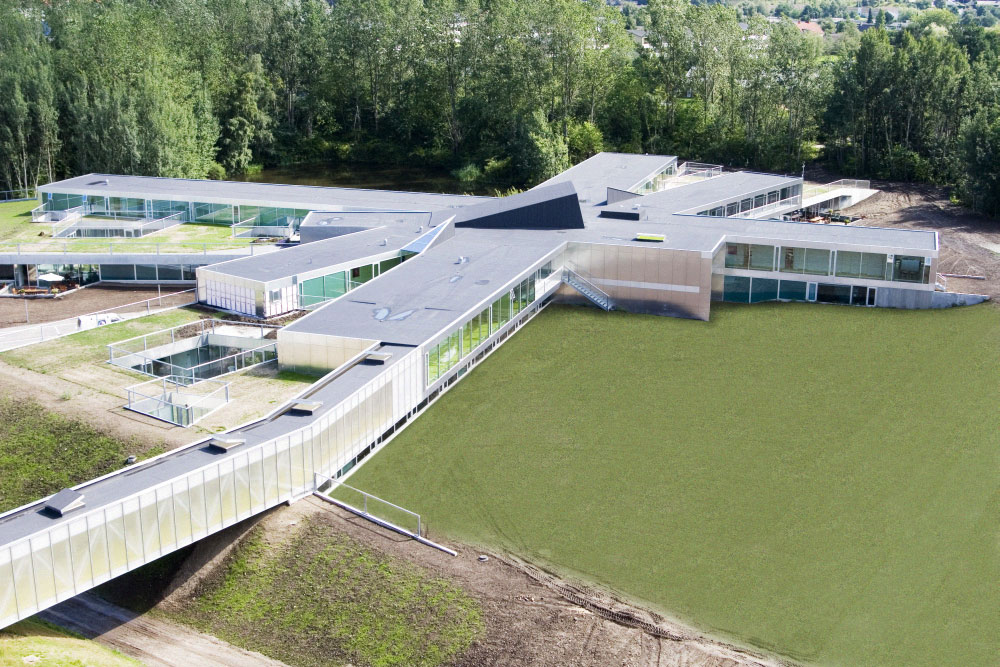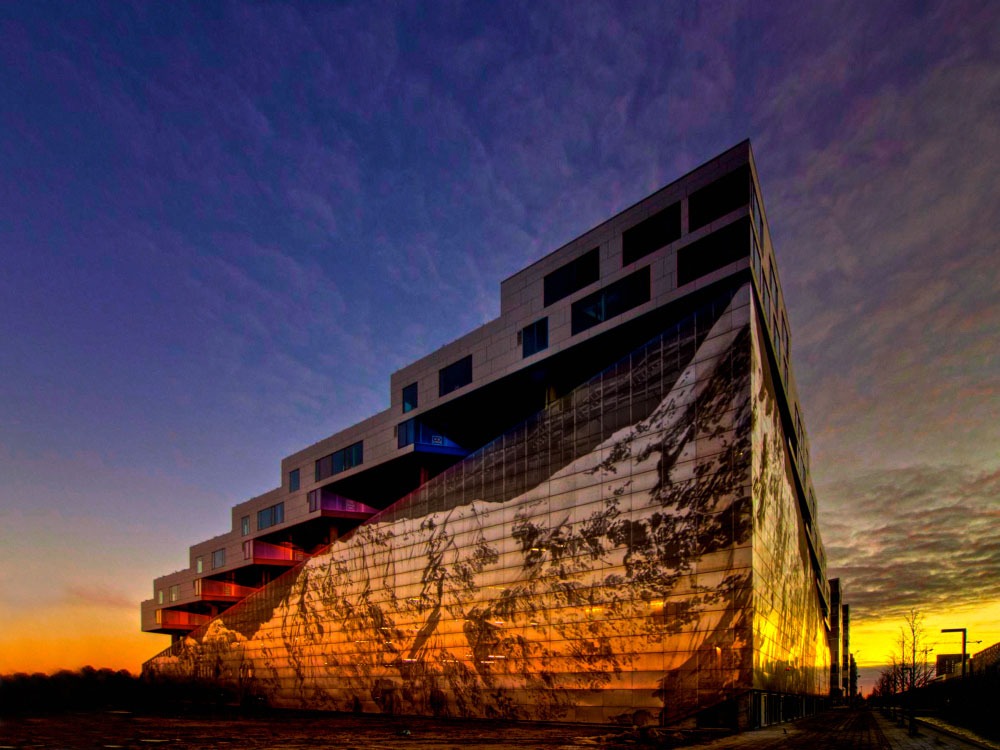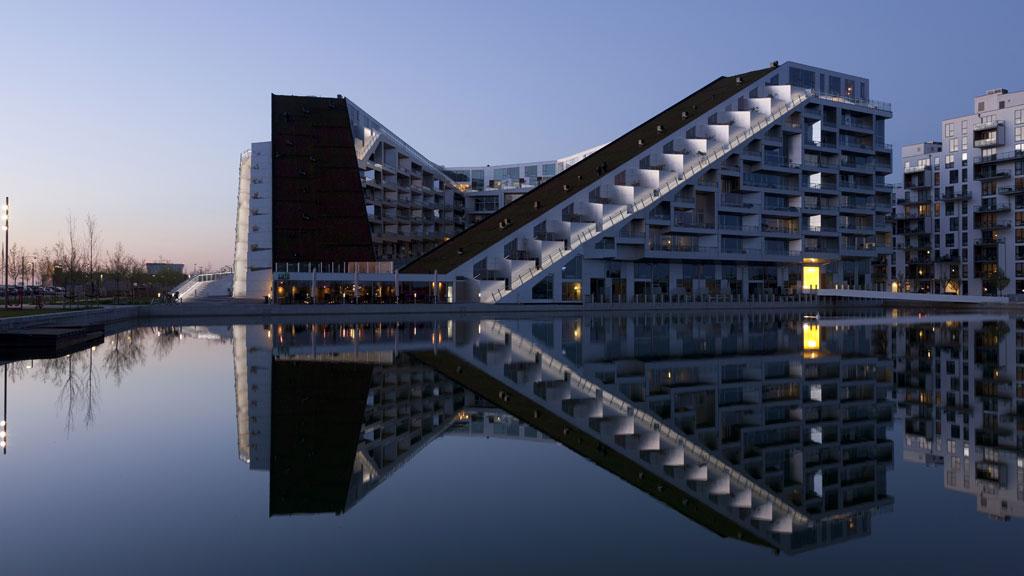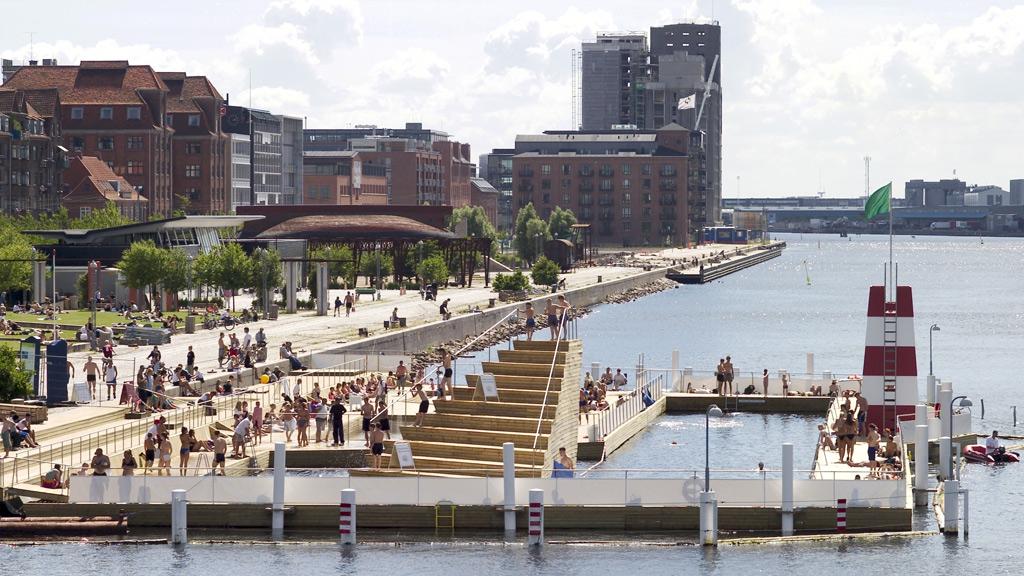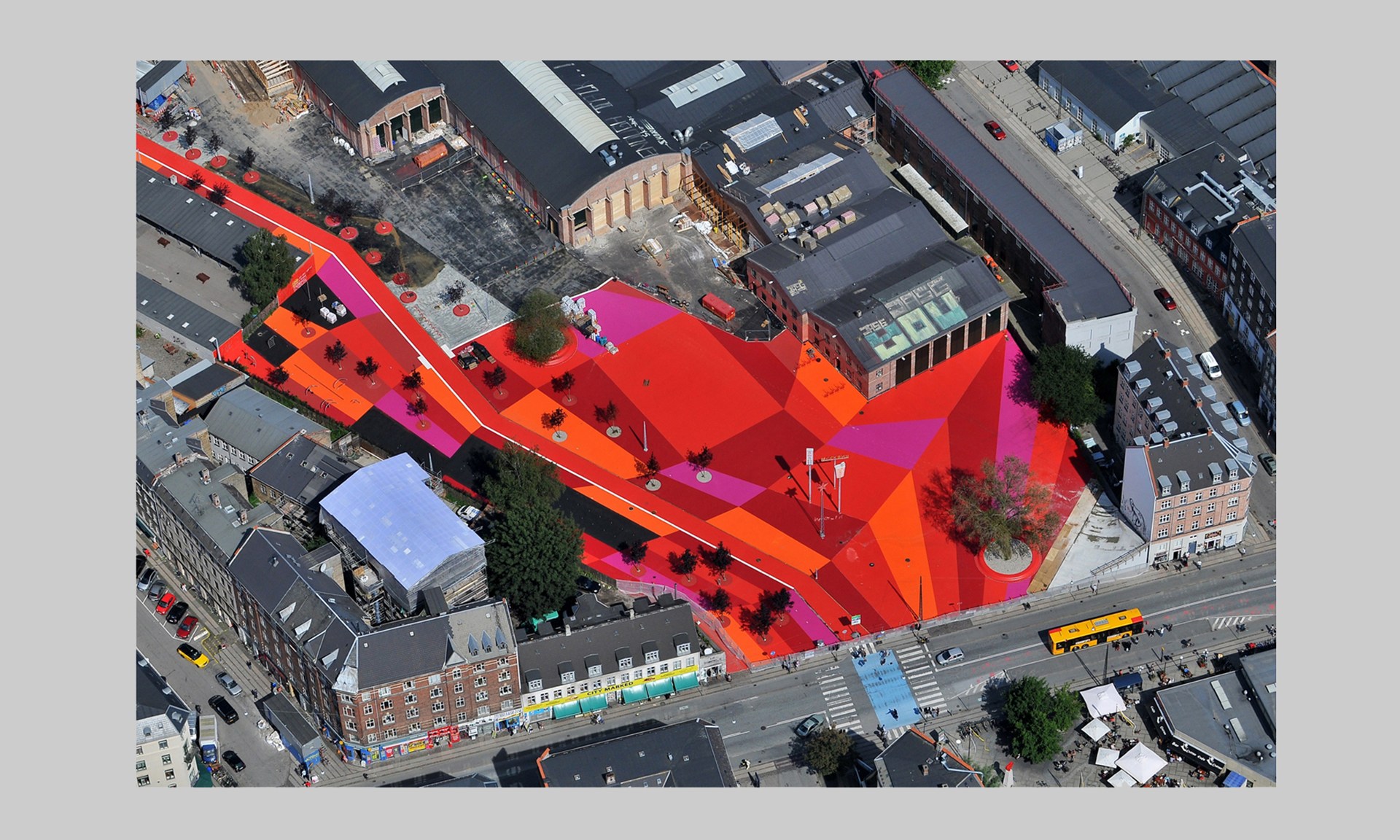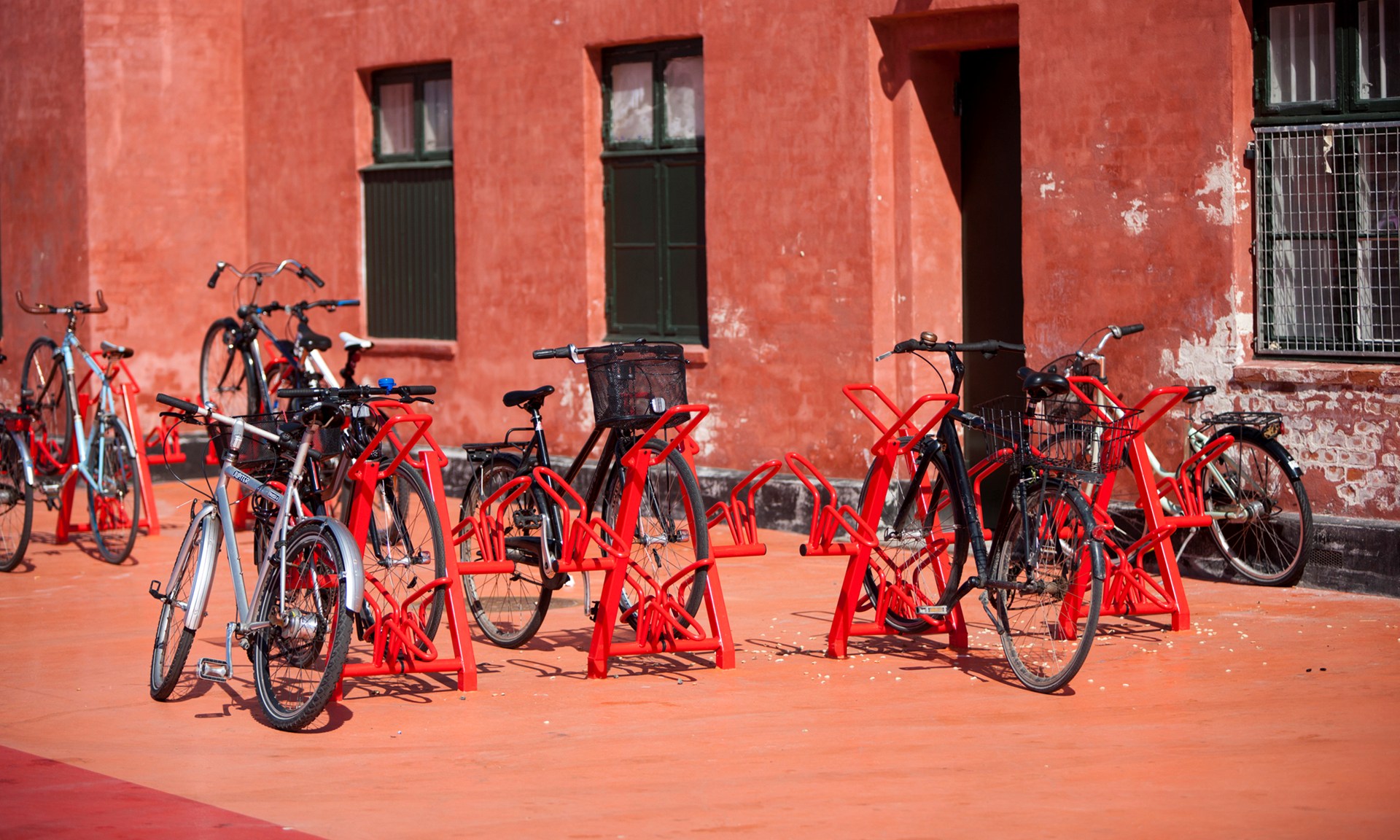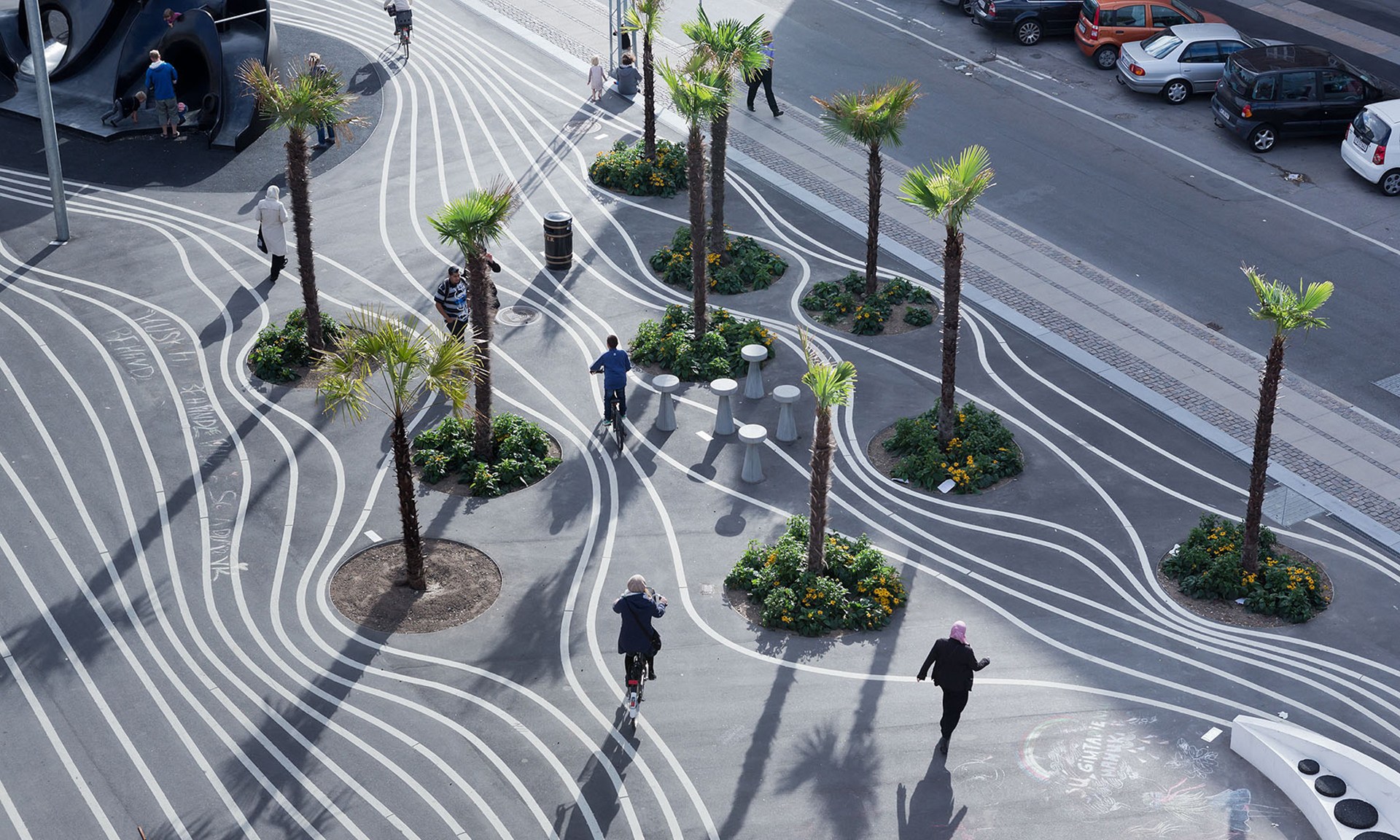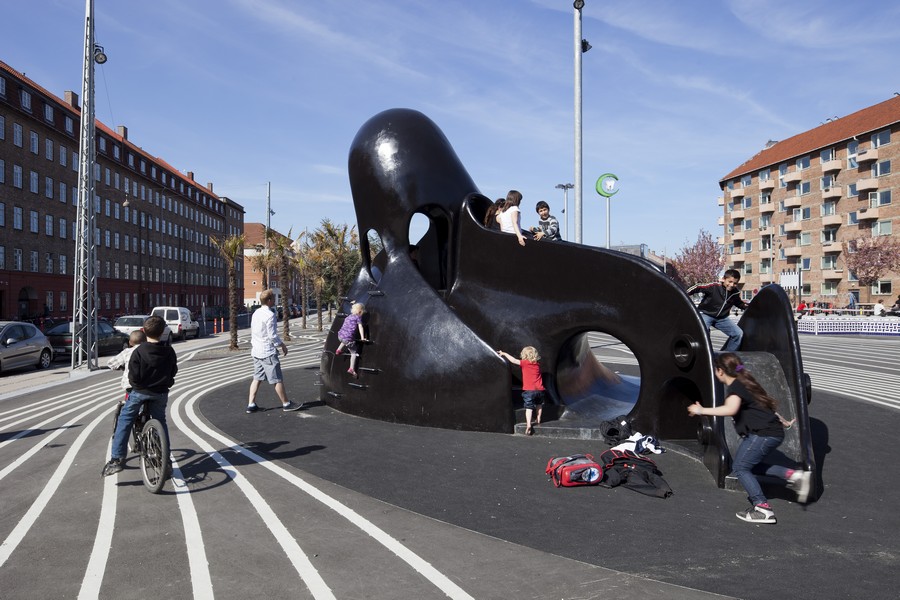As of now the the official process to find a design for the current Royal Adelaide Hospital site is under way. I am officially excited.
In five months time, when the winner is revealed - not that it will necessarily ever be built, we now learn - I want to be shocked, surprised, dazzled and enthralled.
Anything less and I will feel it's been a pointless exercise. We can do mediocrity in Adelaide quite well. This is a time for modernity.
The RAH site, given its location, deserves to be treated with a development that is inspiring, culturally enriching and a structure that becomes an instant iconic landmark in Adelaide. If regional or provincial cities such as East Lansing, Michigan; Baku, Azerbaijan; Guangzhou, China; Glasgow, Scotland; Zaragoza and Bilbao, Spain, and Wolfsburg, Germany can appreciate and live with groundbreaking contemporary architecture, surely we can?
In the original government media announcement on June 26, just two examples of other successful design competitions were named (Federation Square and Spencer St railway station) and both were in Melbourne. I hope it was a case of nobody bothering to do any research and not a sign of limited thinking or horizons.
For more background on the RAH site and competition, you can read Indaily's story here. The “design process” has a budget of $1.5 million. The June 26 release didn't break down the dollars but architectureau.com did: The overall winner will receive $200,000; second prize $70,000; third $30,000; and the People’s Choice Award winner receives $10,000. Another website bustler.net suggests each of the short-listed six will each get a $100,000 honorarium.
It should be enough money to pique the interest of leading architects, both here and abroad. A scan of other competitions on offer on an international architecture website archinect.com shows the money is competitive and the initial brief is quite clear.
Two of the world most exciting architects whose entries would elevate this competition to international heights are: Zaha Hadid and Bjarke Ingels.
Hadid, an Iraqi-born architect, was the first woman to win architecture’s top global honor, the Pritzker Prize, in 2004. She is repeatedly described as one of the world’s great thinkers and most influential people. Australians would know her work from the London Olympics for which she designed the swim centre. She has just designed her first building for New York, apartments near the famous High Line walkway.
There’s a profile of her in the current edition of New York magazine. The New York Times has described her buildings as distinctively futuristic, characterized by the "powerful, curving forms of her elongated structures’’.
Ingels was named by the Wall Street Journal as 2011 Innovator of the Year for architecture. In July 2012, the WSJ cited him as "rapidly becoming one of the design world's rising stars" in light of his extensive international projects. His trademark is visually stunning, innovative and ambitious designs and projects with intrinsic sustainability that mix fun and practicality.
Among the admired architects in the world, I can think of one who has a local connection. Ivan Harbour is in partnership with renowned UK architect Sir Richard Rogers, and has been often in Sydney recently leading the controversial Barangaroo master plan. Ivan just happens to be married to a former Adelaide girl, Roxanne.
Other than the architecture, there should be a particular public benefit to this site, a useage (no retail, no casinos, no hotels). It's such a big site, there could be multiple uses. Given it's location on North Tce, I personally would love to see it connected somehow to the arts, for example, to design in particular; a Guggeheim or a branch of the amazing Wolfsonian–Florida International University, which is a museum, library, and research centre that "uses objects to illustrate the persuasive power of art and design, to explore what it means to be modern, and to tell the story of social, historical, and technological changes that have transformed our world". Its collection of about 120,000 objects cover the period 1885 to 1945, from the height of the Industrial Revolution to the end of World War II, and include furniture; industrial-design objects; works in glass, ceramics, and metal; rare books; periodicals; ephemera; works on paper; paintings; textiles; and medals.
We shall see.
(Slider galleries below: 1. Zaha Hadid - and some of her completed projects including: Zaha Hadid outside the Riverside Museum, Glasgow; Vitra Fire Station, Weil am Rhein, Germany; Broad Art Museum, Michigan State University; London Aquatic Centre (exterior & interior); Guangzhou Opera House (interior & exterior); Bridge Pavilion, Zaragoza, Spain; Heydar Aliyev Cultural centre, Baku, Azerbaijan; Phaeno Science Centre, Wolfsburg, Germany.
2. Bjarke Ingels - and some of his projects: Museo Tamayo, Mexico City; Danish Expo Pavilion 2010, Beijing China; Helsingør Psychiatric Hospital, Elsinore, Denmark; Mountain Dwellings, Ørestad, Copenhagen; 8 House, Copenhagen; Brygge Harbour swimming baths, Copenhagen; the remainder are all aspects of Superkilen, an innovative public park in the Nørrebro district of Copenhagen.)
My dream team: architects Zaha Hadid (left) and Bjarke Ingels. See images of their work below.



